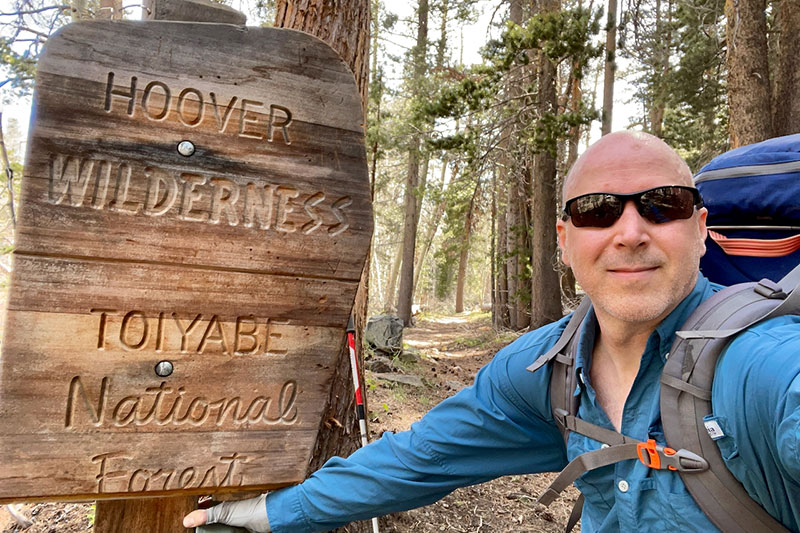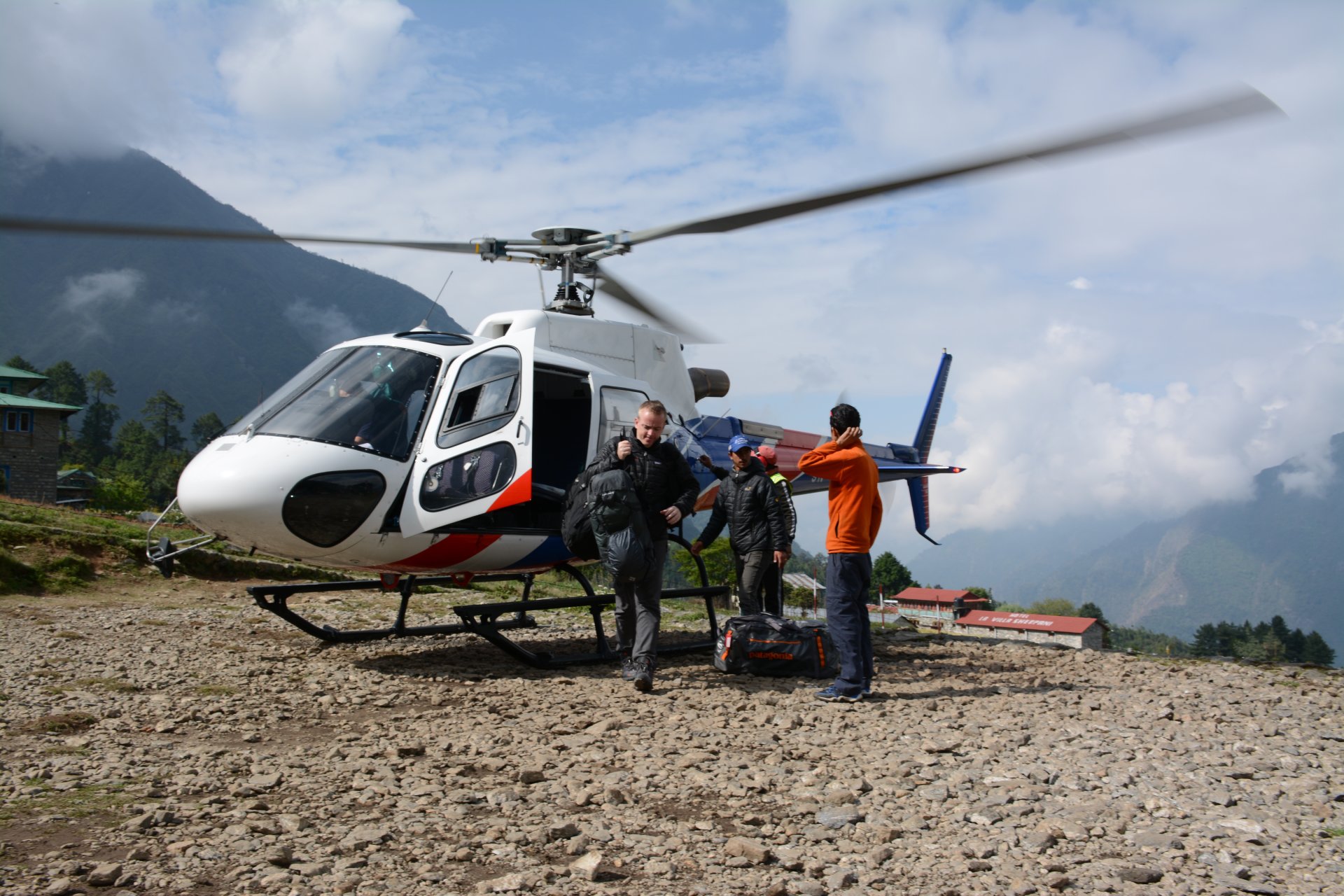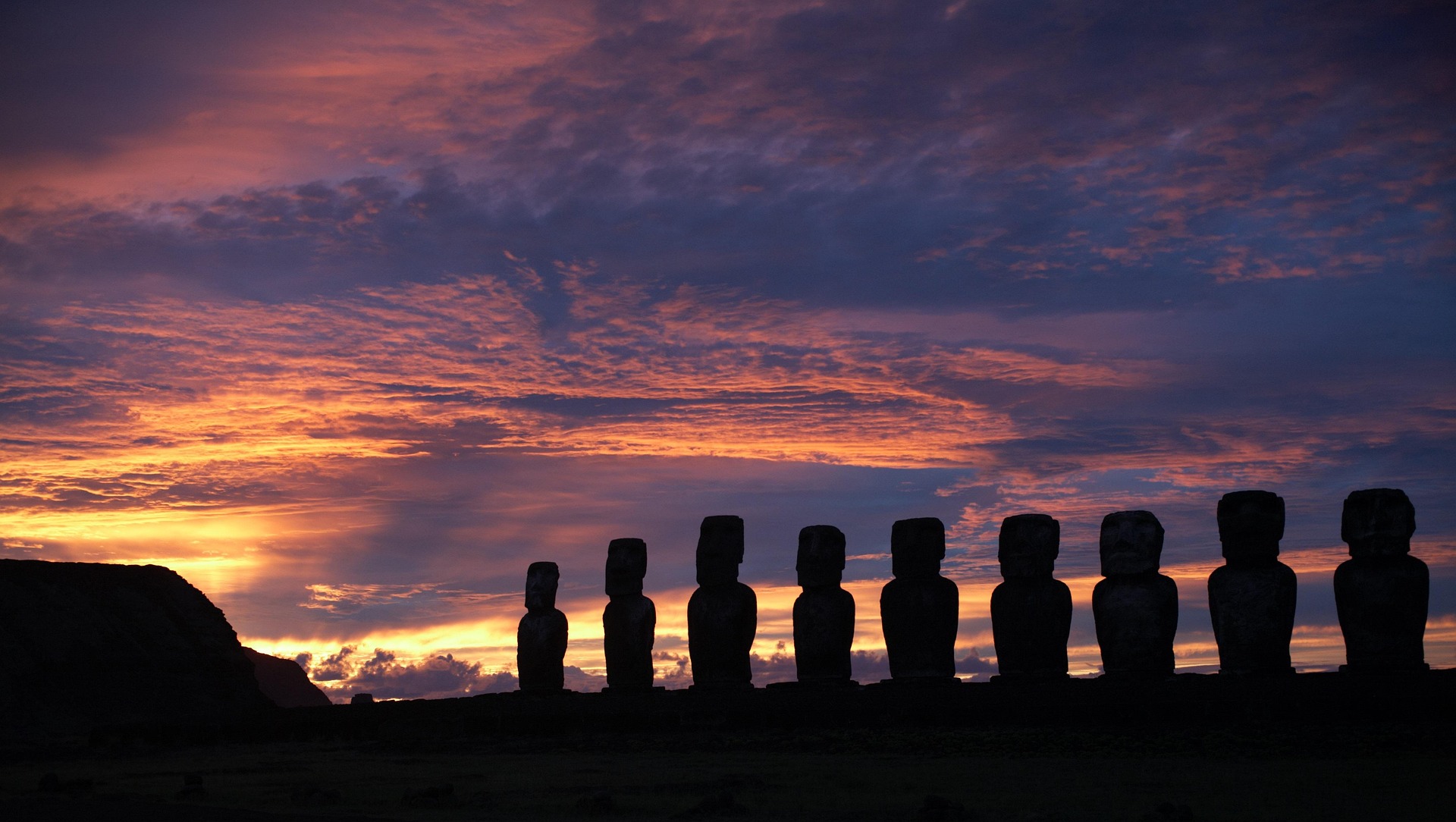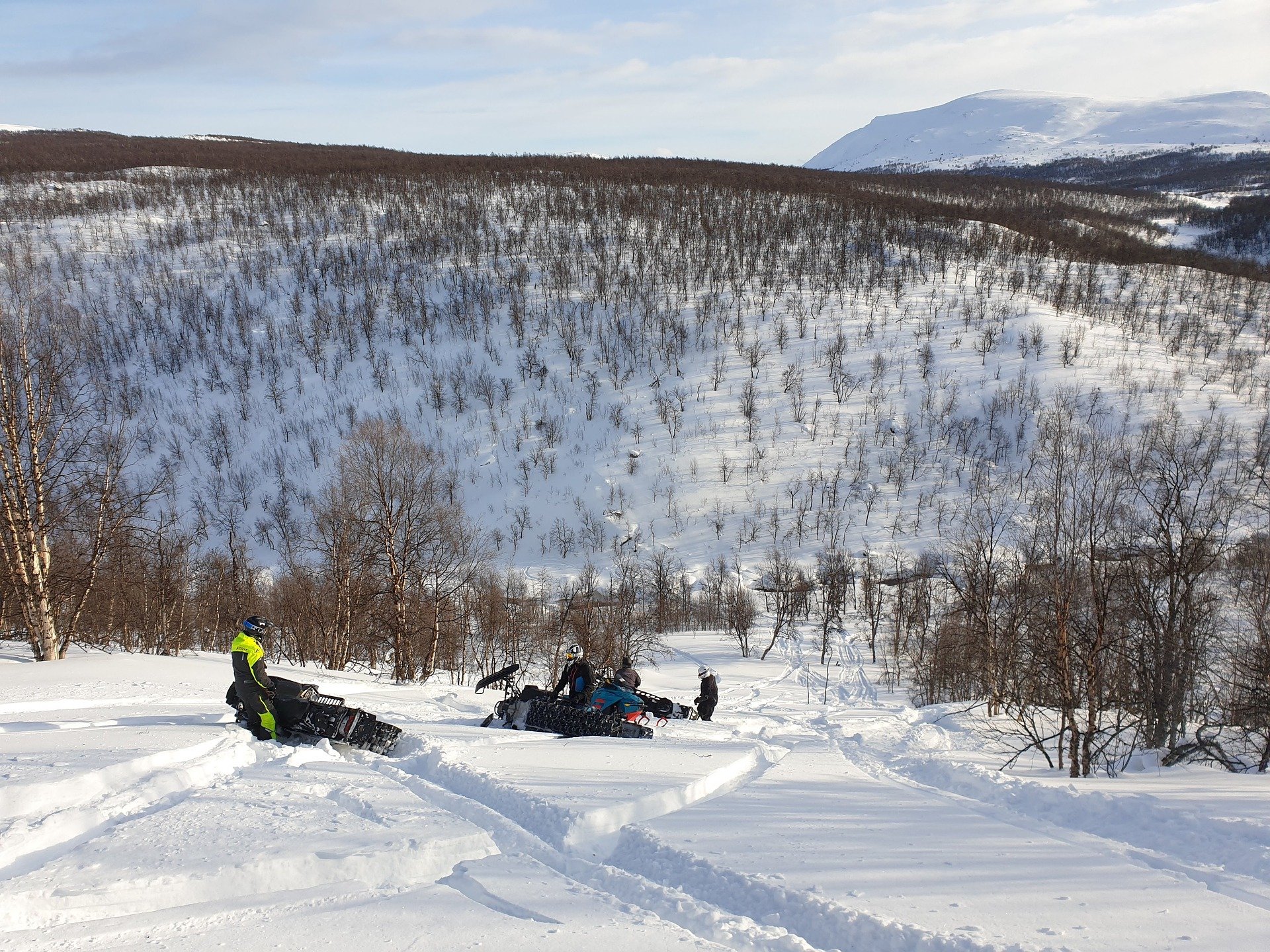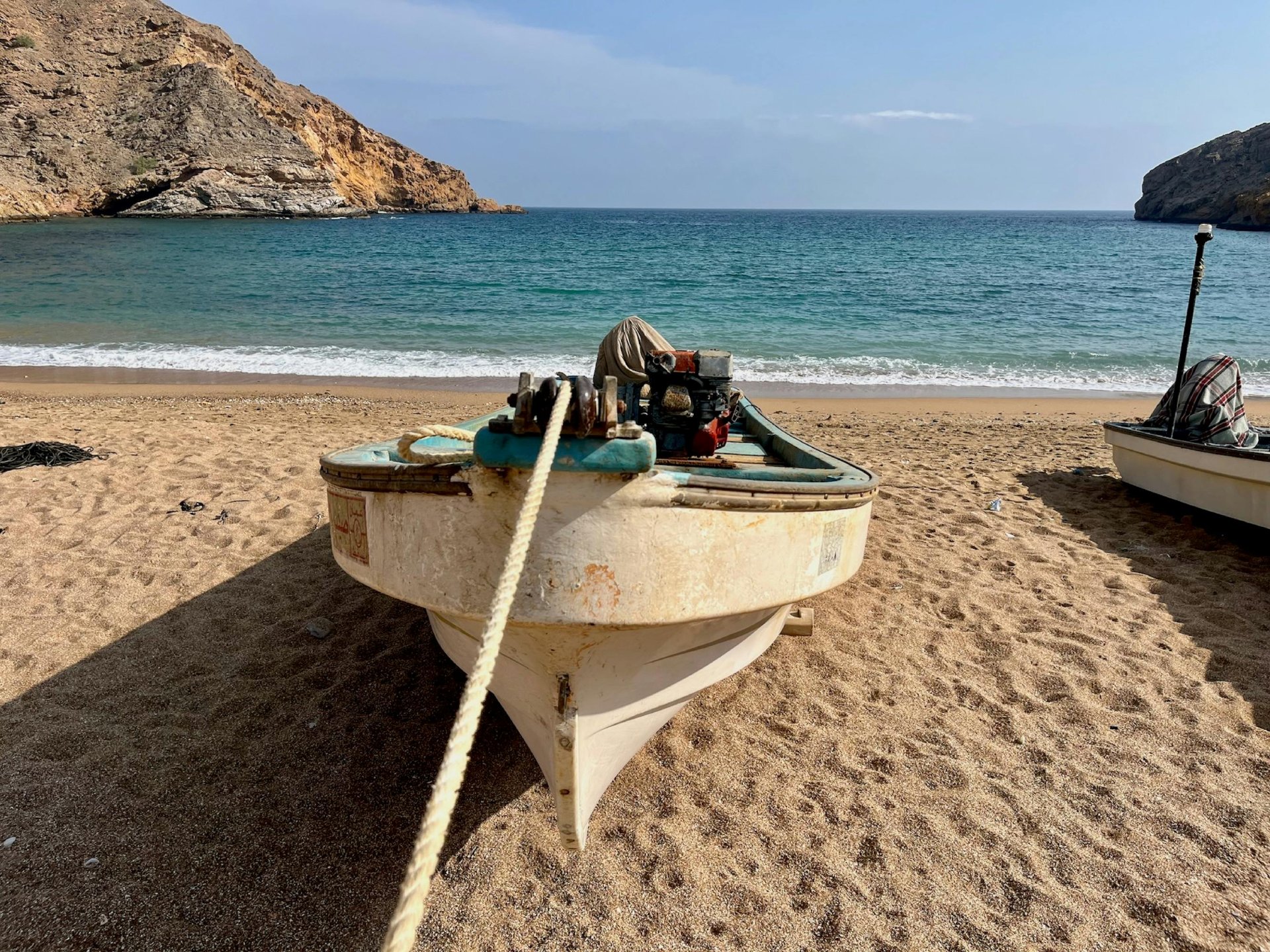David Woolsey loves backpacking California’s Sierra Nevada Range, taking solo one- or two-night trips twice a month. He limits his trips to the less snowy periods between June and November. When he backpacks in early May, it’s because the forecast is for clear weather and no precipitation.
So, when the first flakes of pea-sized graupel — a type of soft hail — started falling during a mid-May outing, he wasn’t thrilled.
“There had been no projected snow,” says the 50-year-old, who had packed plenty of warm clothes and waterproof boots but no snow boots or snowshoes. “The report had shown a low in the 40s with a 30% to 40% chance of rain, but no snow.”
Here Comes the Snow
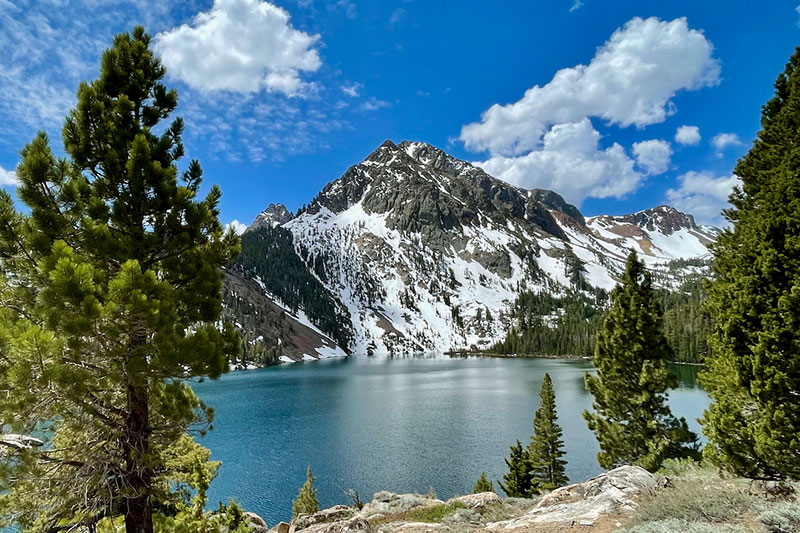
He was about six or seven miles away from his car at the trailhead in an area of the eastern Sierra on a trail that strings together three lakes: Green Lake, East Lake and West Lake. While the hike in and the first night spent at Green Lake had been fine, he purposely changed his route the second morning when he saw the trail to East Lake still had a good amount of snow cover.
“I knew that West Lake, to the north, gets a lot of sun,” says Woolsey. “I headed in that direction for my second night.”
There were still some patchy sections of snow along the route, but he could always see — at least at this point — where the trail came out on the other side. A little after 3:30 p.m., when he reached West Lake, which sits at an elevation of approximately 10,000 feet, the temperature dropped and the sky grayed from thick cloud cover.
Tired and nauseous from altitude sickness, he decided to set up his tent and make camp rather than hike back down. That’s when the graupel started. Using his ACR Bivy Stick — a satellite messaging device that pairs with your phone through Bluetooth — he pulled a new weather report, which showed an overnight low in the 20s and snowfall, as well as some potential snow the next day.
“I didn’t sleep very well,” he admits, “but I reminded myself that ‘it was just one night,’ and ‘tomorrow, first thing, I’ll get below the snowline.’”
An Unclear Snowline
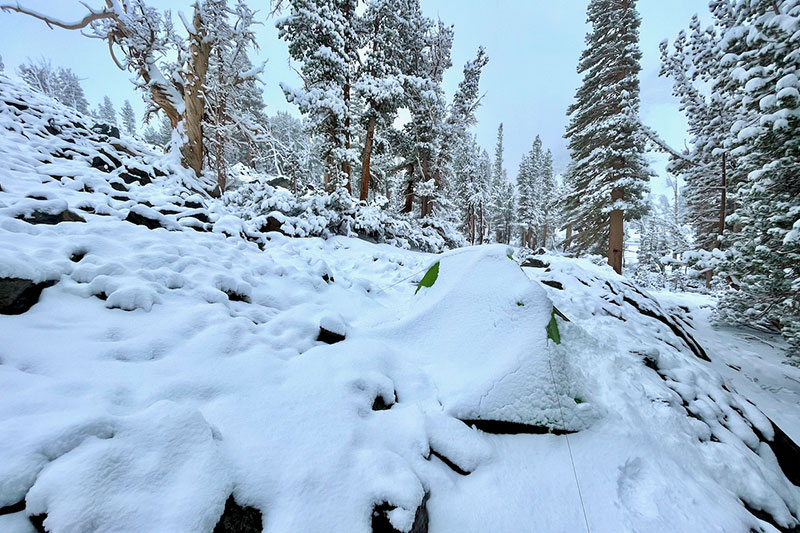
When he awoke the next morning, everything was covered in four to five inches of fresh snowfall. He started his descent and quickly realized it wouldn’t be as easy to get below the snowline as he thought for two reasons. First, he couldn’t make out the trail due to the snow cover, and second, the terrain is scree — loose rocks that are like walking on marbles.
“I had to use my GPS to navigate, then every time that I was stepping, I was sliding on the snow, or stepping through the snow on rocks I couldn’t see,” he says. He did have hiking poles, but they didn’t have snow baskets. “I was worried about twisting an ankle or sliding down the snow bank. The whole process was really slow going.”
Eventually, he began falling through deeper patches of old snow — first up to his ankles, then up to his calves and eventually up to his waist.
“I had to keep crawling out of these snow holes over and over again. It was exhausting.”
Calling for Global Rescue Using the Bivy Stick
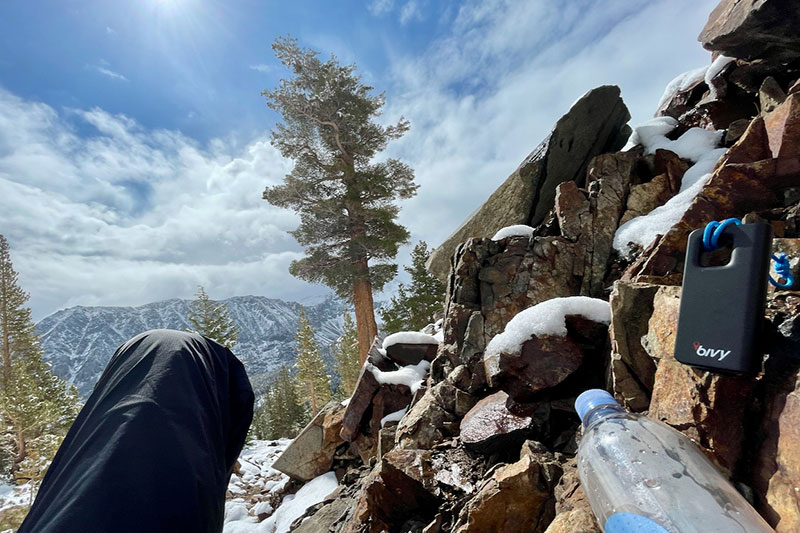
After about half a mile, he was dizzy and starting to experience tunnel vision, so he found a place to rest and think. He wasn’t sure how much longer it would take to get below the snowline. He could see down the valley, but there were only gray clouds rolling his way. He was exhausted and worried about losing consciousness, especially as he had not been able to eat because of the nausea. Using his Bivy Stick to activate SOS, he connected to Global Rescue.
“I told them this is not a medical emergency: I’m conscious and breathing, but I don’t know how to get out of the snow,” he says. Global Rescue reported his coordinates, then advised that Woolsey stay where he was, make camp if he could, as well as how to best insulate himself from the ground. They then went to work contacting local search and rescue, as well as communicating with his wife — his emergency contact — to learn about any potential medical conditions that might be relevant to the rescue. Within the hour, Woolsey received a message from Global Rescue that rescue resources were on the way.
“I really liked how Global Rescue kept my wife informed the entire time on my behalf,” says Woolsey.
After giving Woolsey food he could stomach, fluids and splitting up his pack, the rescue team was able to safely hike out with Woolsey.
“After that day, I was a believer in Bivy and Global Rescue and the value of having two-way communication with someone if things go bad.”

